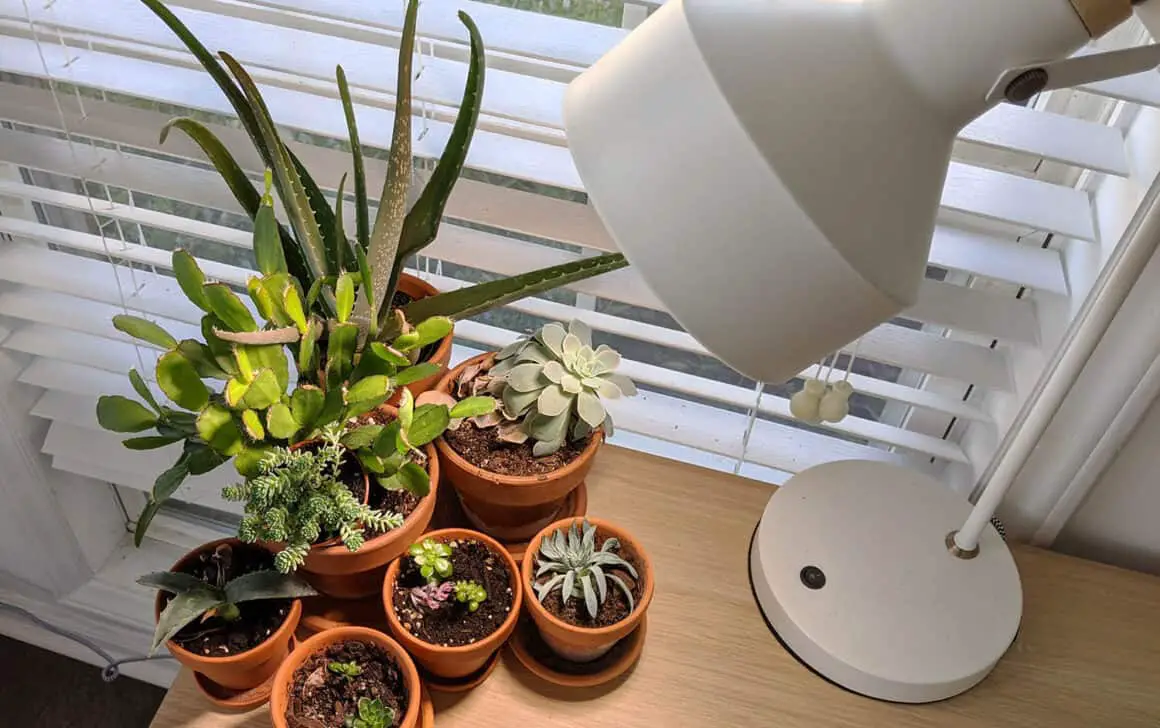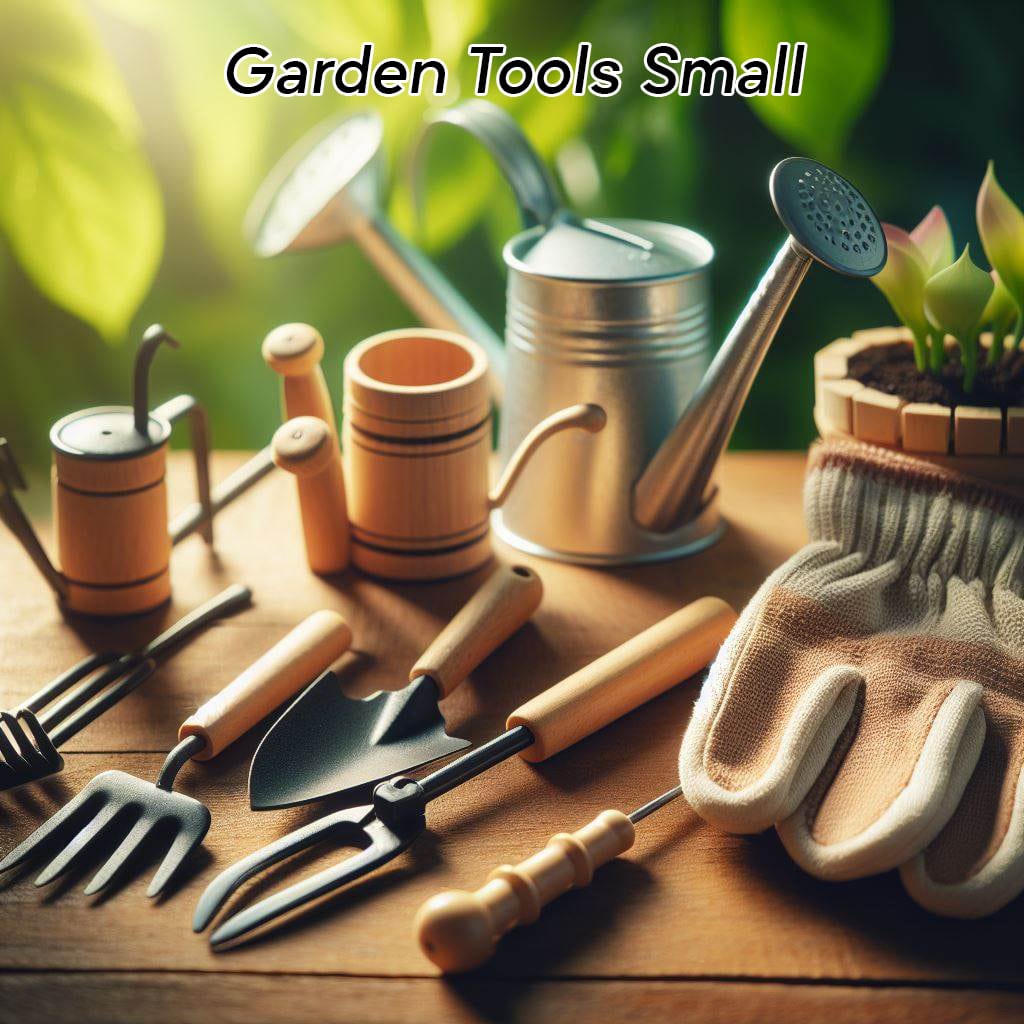Banana peel fertilizer for peace lily
Fertilizer application can be challenging, especially for slow-growing plants like Peace Lilies, and the wrong dose can be more detrimental than no dose at all.
Peace Lilies don’t need extensive fertilizer, but a liquid formula should be applied every 6 weeks, starting at ½ strength. Fertilization should be reduced in low light conditions and stopped altogether if the plant is experiencing health issues.
This article discusses the use of slow-release fertilizers or organic materials like compost for Peace Lily plants. It outlines the advantages and disadvantages of each and advises on avoiding excessive or insufficient nutrition. Understanding these basics is crucial for successful plant growth.
|
Botanical name |
Spathiphyllum |
|
common name |
Spathiphyllum, spoon flower, peace lily |
|
Plant type |
Tropical flowering plant |
|
Necessary light |
Indirect and medium light |
|
Soil type |
Basic vegetable fertilizer with perlite, sand and leaf soil |
|
Flowering time |
Spring |

Should You Fertilize Your Peace Lily?
Fertilizer is often seen as an unnecessary artificial growth booster, but Peace Lilies grow in the wild using the nutrients in the soil. In rainforests, decaying scraps of other plants provide a thick mat of organic material that offers enough nourishment for a Peace Lily. Indoor plants lack access to natural sources of nutrition, so artificial ones are needed. Without nutrients, Peace Lilies will fail to grow, grow weaker, stunted, and sickly, eventually withering away and dying. In order to ensure healthy growth, it is essential to provide the necessary nutrients for Peace Lilies.
Know more benefits about Peace Lily!

When to Fertilize a Peace Lily?
When fertilizing your Peace Lily, consider its age in its pot and the amount of nutrition in the store-bought soil. Store-bought soils usually have a fair amount of nutrition, so it’s safe to wait until the next growing season before adding more. Fertilize only when the Peace Lily is growing, as they only get enough light for about half the year. During autumn and winter, they don’t have the energy to do anything useful with fertilizer, so any nutrients added will sit in the soil as mineral salts. High concentrations can reduce the Peace Lily’s ability to take in water and damage the roots. Therefore, fertilize only during the growing season.
If your Peace Lily is sick, it’s best to stop fertilizing it. Inexperienced houseplant owners may add nutrients to an unhealthy plant, but this may backfire as the plant cannot use the chemicals properly. For a healthy Peace Lily, fertilize every six weeks, assuming it gets bright, indirect light. If it’s in dim conditions, fertilize less, as it grows slower. 1-3 times per growing season is enough for a Peace Lily without much light.

What is the Best Fertilizer For a Peace Lily?
Choosing the best Peace Lily fertilizer can be overwhelming due to the vast variety of products and their specific purposes. However, marketing is the primary factor in determining the best choice, which can be simplified into several simple factors.
NPK Values
The NPK levels on fertilizers are confusing, as they represent the percentage of nitrogen, phosphorus, and potassium. Leafy plants have a higher nitrogen percentage, while flowers and roots contain more phosphorus. Nitrogen-rich fertilizers are often labeled as “bloom enhancers” or promoting foliage growth. However, adding extra phosphorus won’t help your plant produce more flowers. At most, it can make up for a phosphorus shortage preventing blooming. The same principle holds for other nutrients. Most fertilizers contain more than enough of every nutrient for your Peace Lily. Instead, stick with a balanced fertilizer that offers roughly equal amounts of N, P, and K.
To achieve scientific results, choose a product with NPK values multiples of 3:1:2, which represents the natural absorption ratio of plant elements.
Fast vs. Slow
Fertilizers can be used to provide nutrition to your Peace Lily, either in a single burst or in small doses. Fast-acting fertilizers are ideal for precision and can be diluted to the plant’s specific strength. However, they can cause fertilizer burn, which can damage the roots and cause dehydration. Slow-acting fertilizers release their payload slowly, making them less likely to harm the Peace Lily. They are also simpler to use, only needing to be added once a year, twice at most, and allowing them to break down gradually.
However, some slow-release fertilizers can contribute to environmental issues, such as microplastics. These products deliver nutrients in hard resin capsules, which are porous and not biodegradable. If using pellet-based fertilizers, dispose of old soil in the garbage instead of disposing of it outdoors. Fertilizer spikes are a more eco-friendly option, as they are solid sticks of nutritious material that dissolve over time.
Synthetic vs. Organic
Synthetic fertilizers are made by combining chemicals from inorganic sources like air, minerals, or fossil fuel byproducts. Organic fertilizers, like bone meal and seaweed, are derived from natural materials like bone meal and seaweed. While organic fertilizers may seem better, they contain large molecules that soil microbes break down into nutrients that the plant’s roots can absorb. By the time the plant eats the organic fertilizer, the nutrients are identical to those in synthetic fertilizer.

The real advantages of organic fertilizer are:
- Soil structure. Organic fertilizers feed the helpful bacteria in your soil. They help keep it aerated and improve drainage, which is good for your Peace Lily. Of course, you probably won’t be building up houseplant soil over the long term like you would garden soil. Most Peace Lily owners repot their plant every few years.
- Slow action. The gradual breakdown of organic fertilizers acts a lot like the slow-release capsules in some synthetic fertilizers. It provides the same protection against fertilizer burn.
- Environmental benefits. Organic fertilizers tend to be less processed than synthetic versions. That means their production doesn’t consume as much energy or create as much pollution.
Organic fertilizers, made from decomposing living organisms, have downsides such as slower speed and pungent smell, making them less effective in correcting nutrient shortages and requiring careful ventilation before application.
Are Banana Peels Good For Peace Lilies? How About Coffee Grounds?
Kitchen scraps, such as banana peels and coffee grounds, can be used to fertilize houseplants, providing some nutrients for Peace Lilies. However, these organic materials have a low nutrient value compared to commercial fertilizers and can attract pests like fruit flies and roaches. Additionally, leaving food waste in an uncovered planter to rot can create a breeding ground for fungus and make the potting mix water-retentive, which is harmful for Peace Lilies.
To use kitchen scraps on Peace Lilies, it is recommended to limit the use to a light sprinkling of coffee grounds or a few shreds of banana peel at a time. Avoid using coffee on young plants, as some studies have shown it can inhibit seedling growth. Composting food waste is the best way to use it in the soil, as microbes can chew up plant scraps without causing any negative effects.
Our Favorite Peace Lily Fertilizers
Liquid fertilizers are recommended for Peace Lily plants due to their cost-effectiveness and ability to be adjusted based on the plant’s needs. Jack’s Classic All Purpose is a strong fertilizer with an even NPK balance, while Dyna-Gro Foliage Pro offers a natural nutrient ratio. Aquatic Arts Indoor Plant Food is an excellent organic option. It’s important to choose a fertilizer that works well for all houseplants, as the idea of super-specific NPK ratios is a sales tactic.
What is the reason for the brown and black leaves of peace lotus?
How to Fertilize Your Peace Lily
To properly fertilize your Peace Lily, dilute it slightly more than the recommended dosage, aiming for ½ the recommended dosage or ¼ if the plant is in low light. Mix the fertilizer in a bucket or watering can until thoroughly dissolved, then water the plant as usual. Over-fertilization can be detected by browning or yellowing leaves. If no danger signs are present, give the plant another round of fertilizer in 6 weeks and repeat the process a few more times. If the plant is producing healthy growth and vibrant blooms, assume the current dose is enough. If it seems slow or stunted, gradually increase the concentration.

In order to know the amount of light of the lily of peace, read “How much light does a peace lily need?” article!
Does Your Peace Lily Need More Fertilizer?
Identifying under-fertilized Peace Lilies is challenging, as they typically grow 3-5 inches taller each season. If the plant seems stuck at the same height and isn’t generating new leaves, it may be low on fertilizer. It’s important to rule out other causes for slow growth before increasing the fertilizer dose, as it can cause more harm than good. Other problems are more likely to stunt a Peace Lily than lack of nutrients.
Common plant nutrient deficiencies can cause severe symptoms such as thin, weak stems, pale foliage, and failure to bloom. These deficiencies can also cause shriveling or twisting of leaves and discoloration.
How to Save an Over-Fertilized Peace Lily
If you accidentally over-fertilized your Peace Lily, it’s not a fatal mistake. To prevent damage, perform a soil flush, which involves a heavy watering of the soil 4-6 times the pot’s volume, containing most of the mineral salts. Distilled, lukewarm water is best, and slowly pour it out of the pot’s drainage holes. This preventative measure is also beneficial, as it’s recommended to give the Peace Lily a soil flush every 1-2 months, preventing nutrient accumulation in the soil.
FAQ
-
Will banana water in plants attract bugs?
Banana water includes rotting organic matter and it can attract insects such as gnats and vinegar flies (fruit flies).
-
What is a household source of potassium for plants?
Wood ash from hardwood (oak, ash, hickory, or birch, for example) is often used as a potassium source for plants, but do not use too much or near leaves because it can burn plants. Consider crushed eggshells and coffee grounds as potential sources of potassium, but it’s best to compost these items and then use the compost to amend the soil if it needs more potassium.
-
What is the best homemade fertilizer for indoor plants?
Fish emulsion, made from fish scraps and bones, makes an excellent homemade fertilizer for houseplants thanks to its high nitrogen content.
Final Thoughts
Fertilizing your Peace Lily requires a balanced approach, starting with low doses and applying them only when the plant has all the necessary nutrients. Over time, you’ll develop an instinct for when and how to supplement your Spathiphyllum’s diet.











